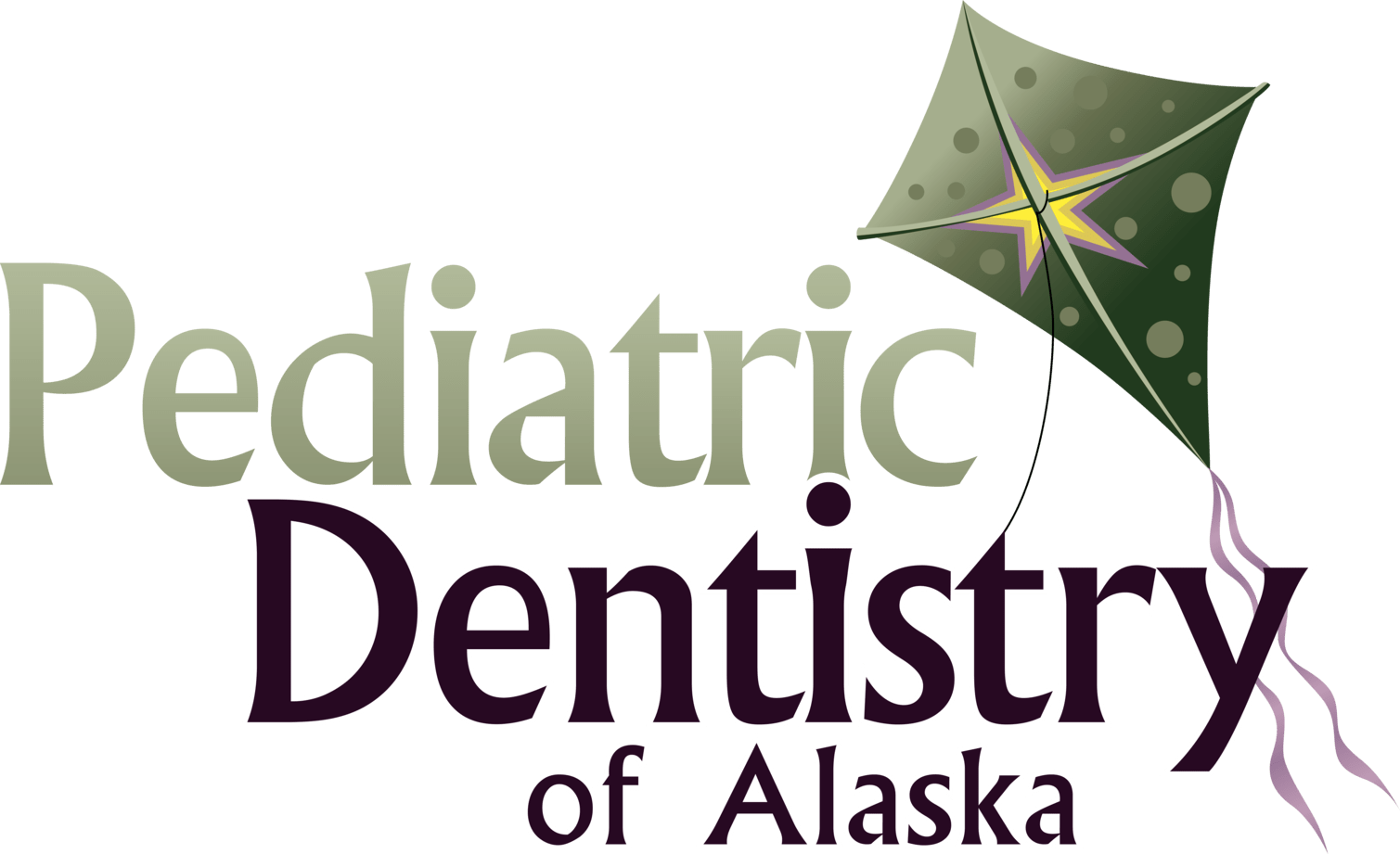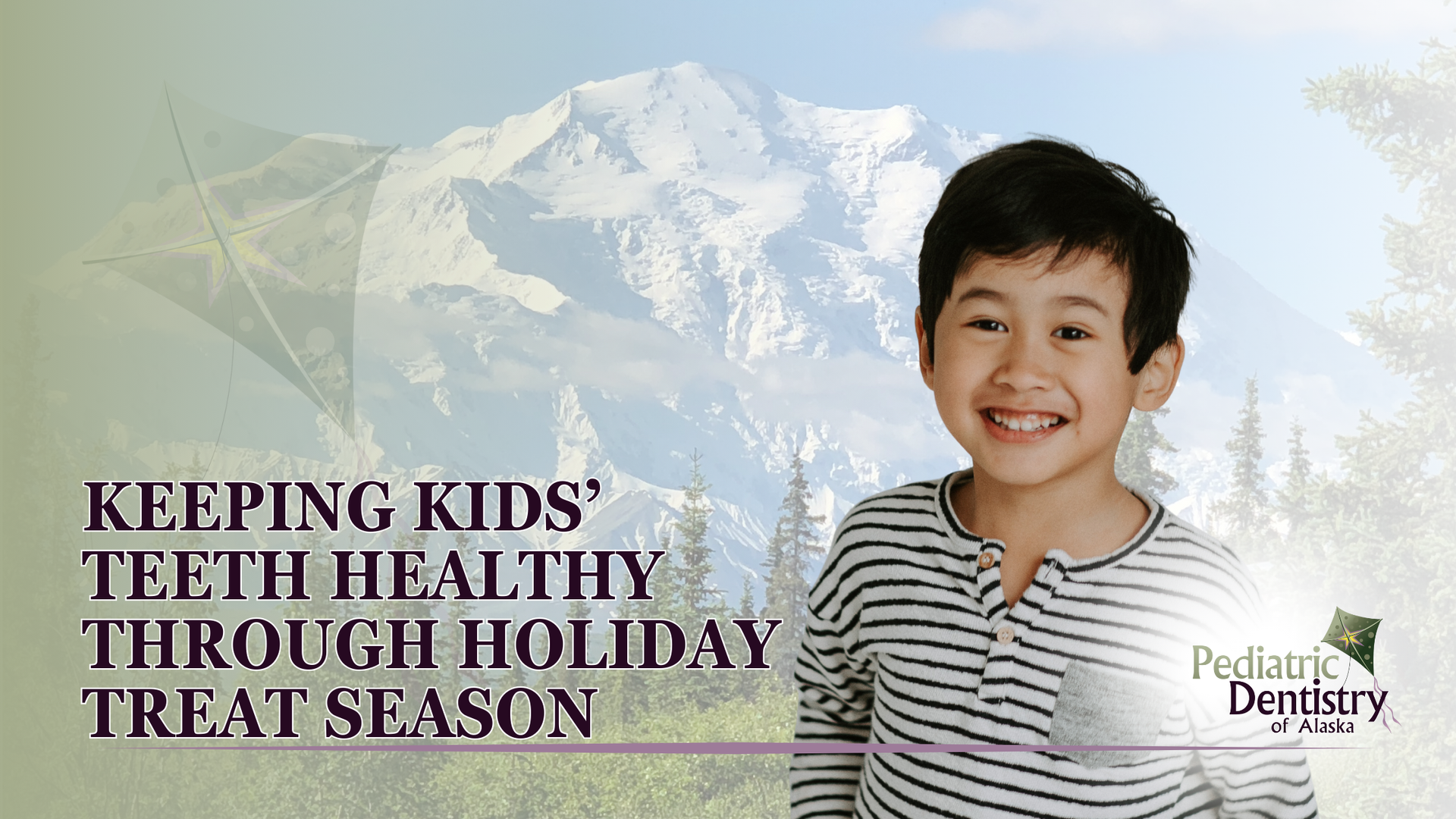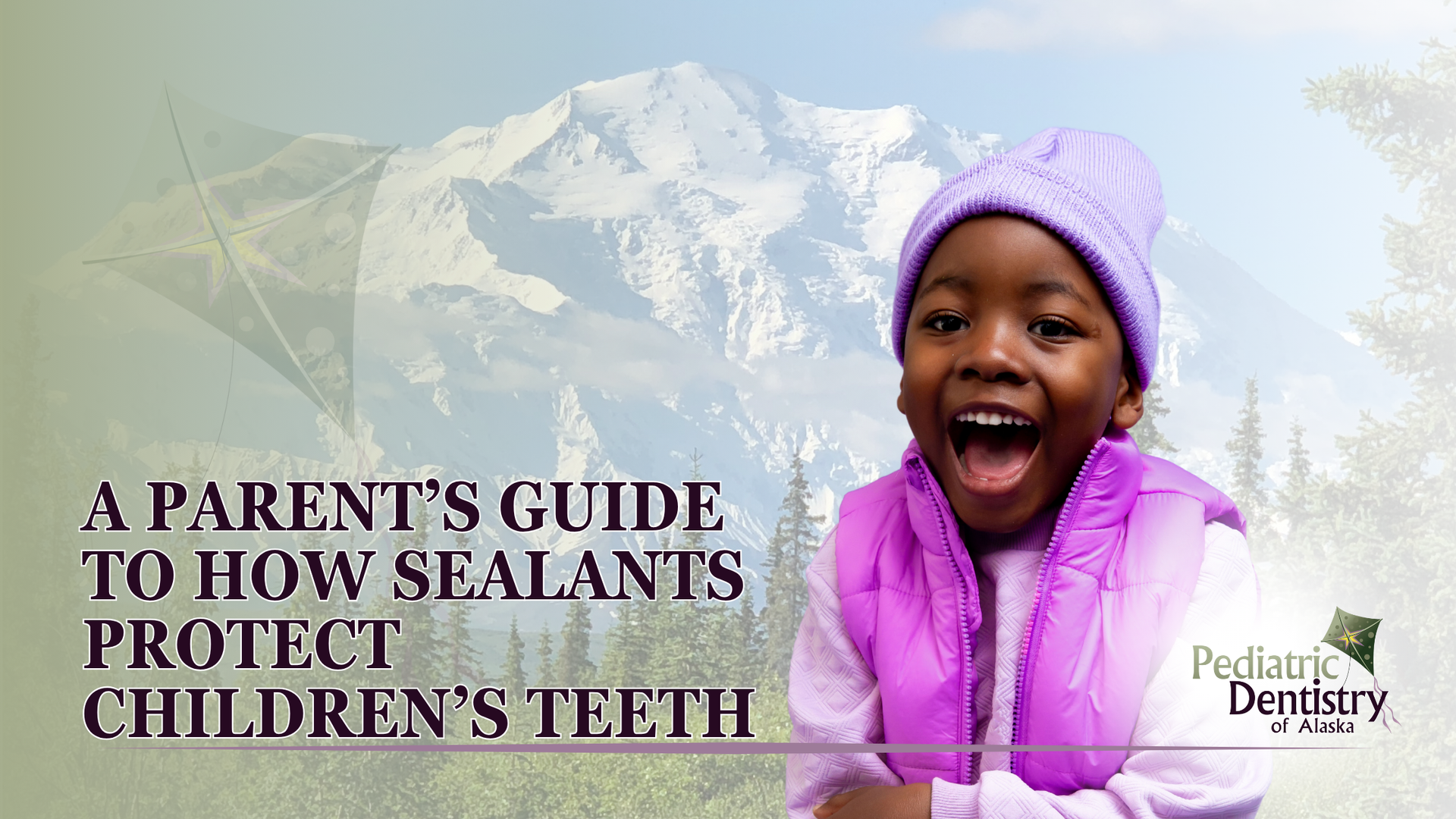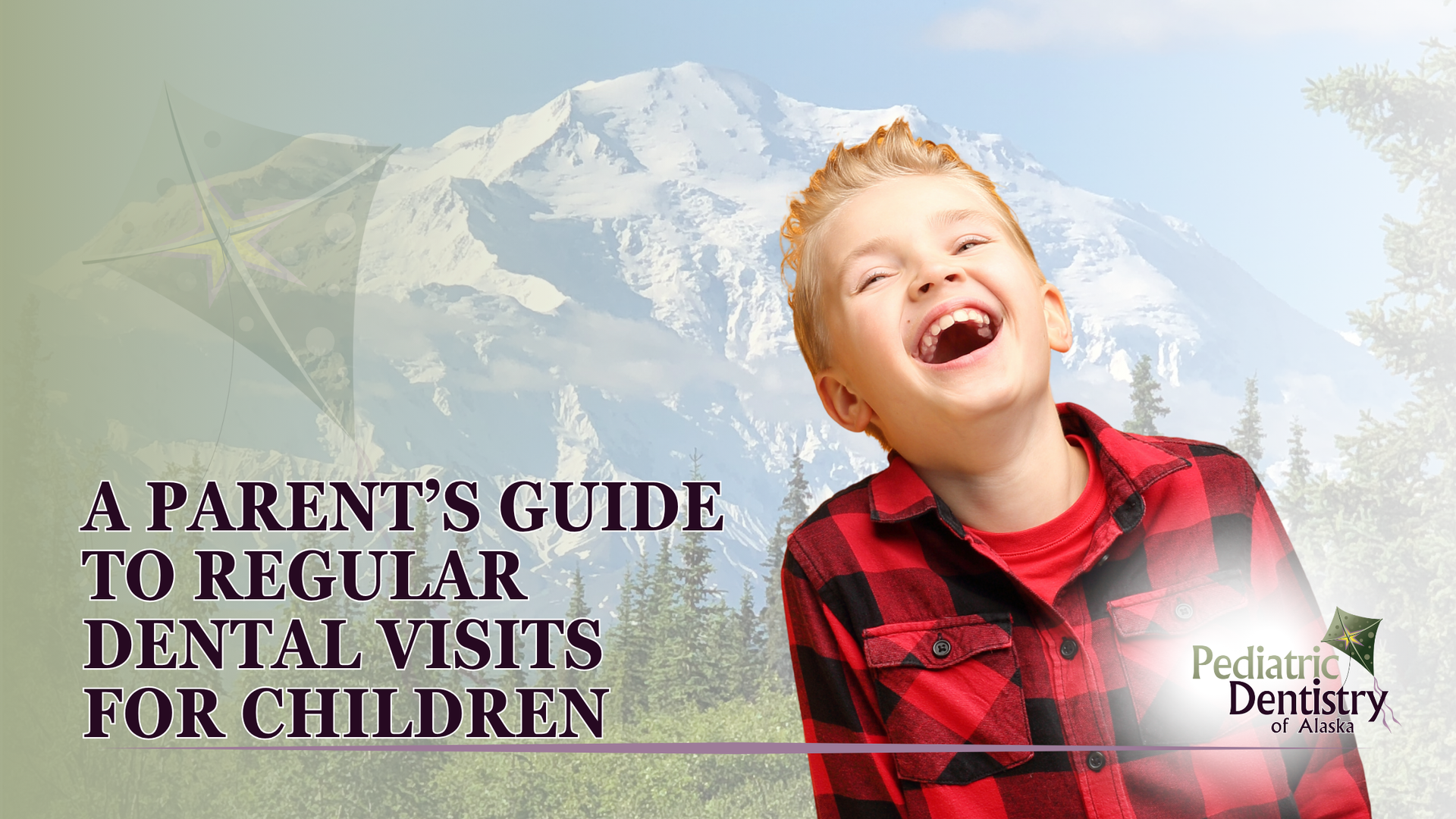Is It a Dental Emergency? A Parent’s Guide to Immediate Care
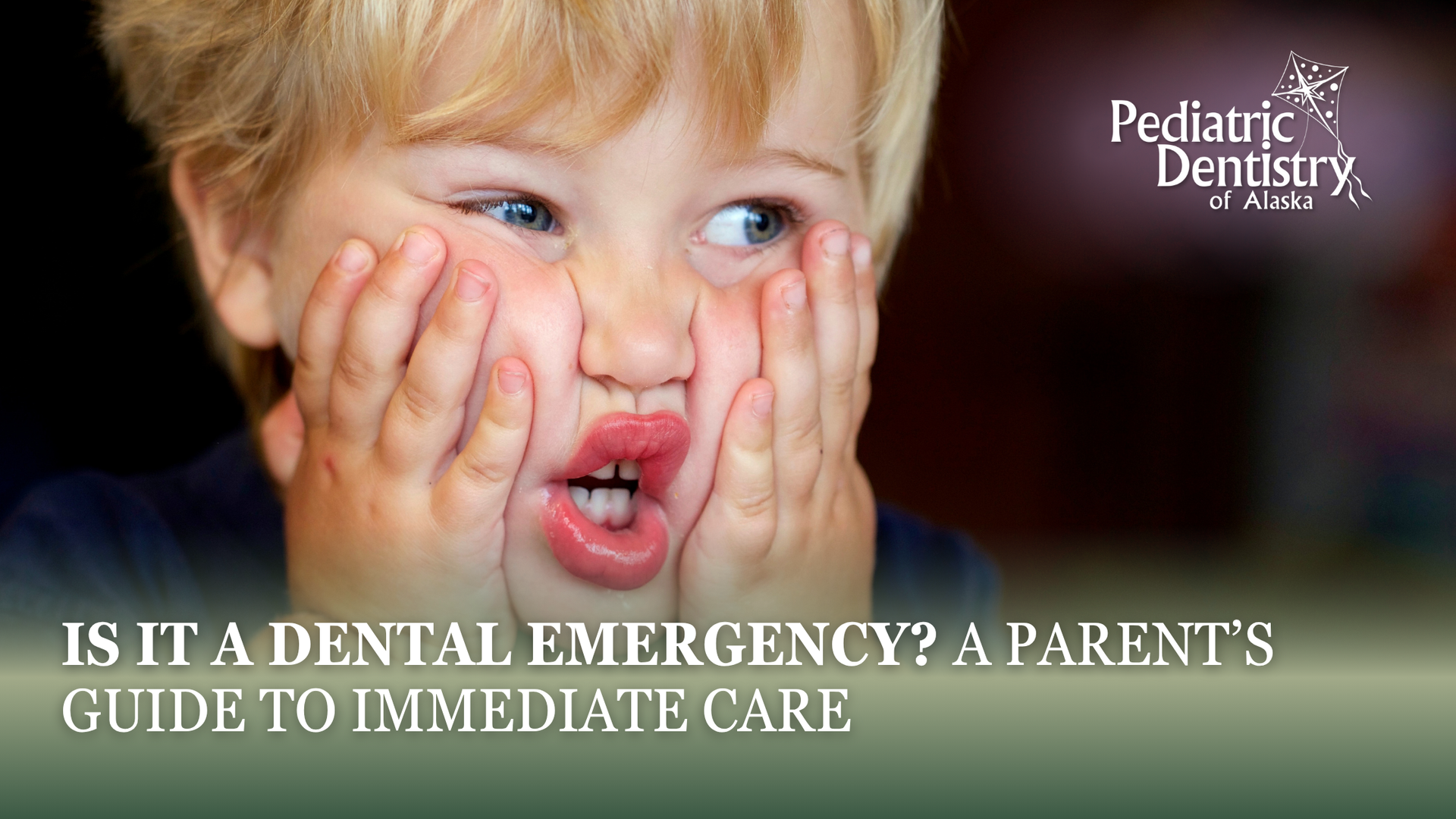
Source: Dr. Marketing
Children’s dental needs go beyond regular checkups and cleanings. Accidents on the playground, sudden tooth pain, or unexplained swelling can catch any parent off guard. But how do you know when your child’s dental concern is truly an emergency? Acting quickly when it matters most can prevent long-term complications, relieve pain, and protect your child’s smile.
At Pediatric Dentistry of Alaska, we understand how distressing it can be when your child experiences sudden dental discomfort. This guide helps parents recognize which conditions require immediate care, what to expect during treatment, and how to respond calmly and confidently during a dental emergency.
What Counts as a Dental Emergency for Children?
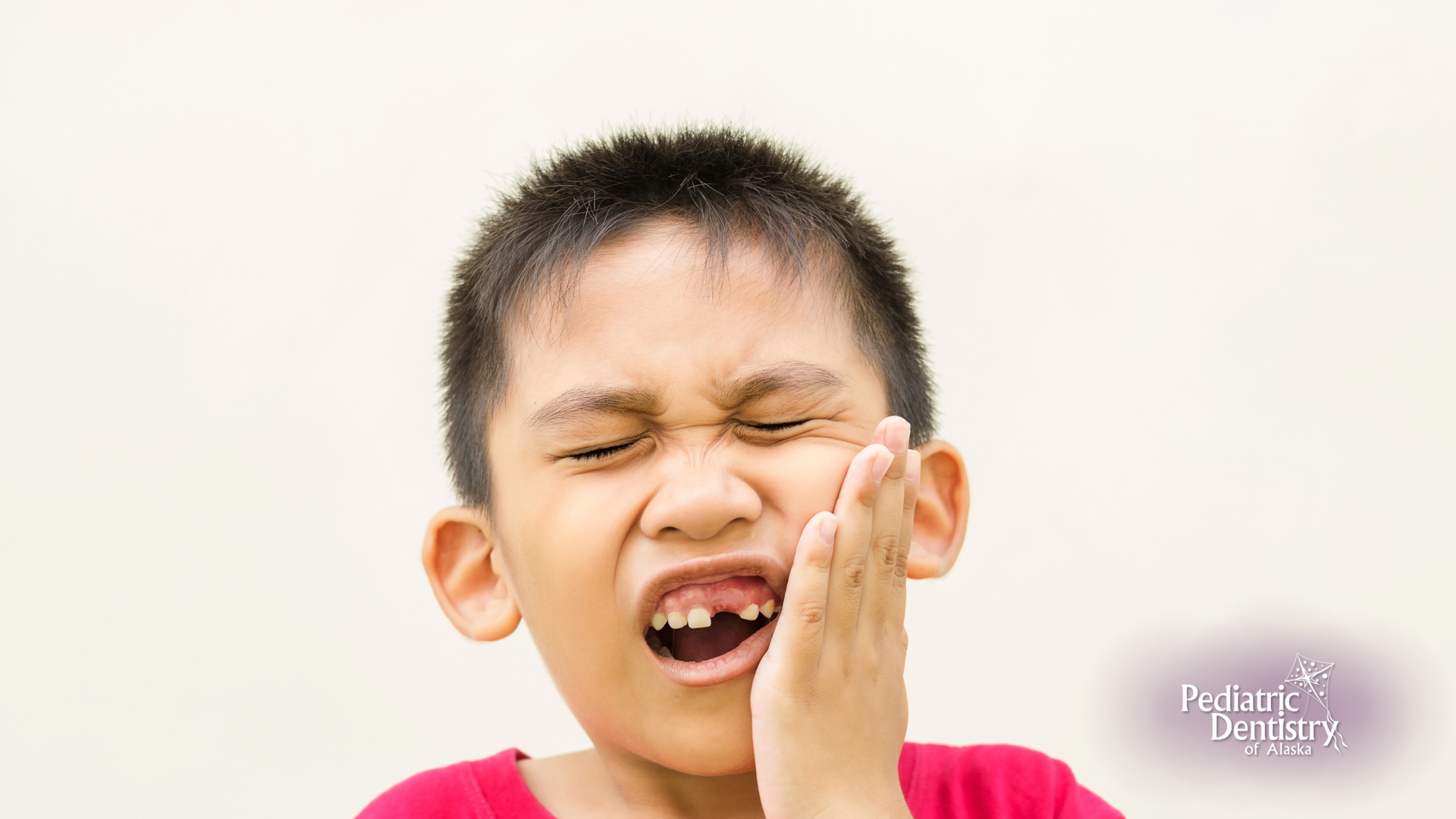
A pediatric dental emergency is any situation involving the teeth, mouth, or jaw that requires urgent professional attention to relieve pain, stop bleeding, prevent infection, or save a tooth. While not every issue needs an emergency visit, there are specific warning signs that should never be ignored.
Unlike adults, children may not always be able to describe their pain clearly. It is important to look for physical cues like swelling, sensitivity, or behavioral changes such as refusal to eat, difficulty sleeping, or excessive crying. Some of the most common pediatric dental emergencies include:
Severe Tooth Pain That Disrupts Daily Activities
Children might complain about tooth sensitivity from time to time, but sharp, lingering, or spontaneous pain is a red flag. A severe toothache could signal:
- Deep decay reaching the nerve
- A fractured or cracked tooth
- An infection or abscess
- Something lodged between the teeth or gums
Persistent pain that interferes with sleeping, eating, or speaking should be treated as an emergency. Early care can often preserve the tooth and stop the spread of infection. Our pediatric dental team is equipped to diagnose and treat the underlying cause quickly, keeping children comfortable throughout the visit.
Knocked-Out Baby or Permanent Tooth
Children are naturally active, and sometimes accidents happen. Whether it’s a fall during sports or roughhousing at recess, a knocked-out tooth is always an urgent situation—especially if it’s a permanent tooth. Here is what to do immediately if your child loses a tooth due to trauma:
- For permanent teeth: Pick it up by the crown (top), not the root. Gently rinse with water. If possible, place it back in the socket or store it in milk or saliva. Seek care immediately.
- For baby teeth: Do not attempt to reinsert. Call us right away for advice.
Quick action can mean the difference between saving and losing a tooth. At Pediatric Dentistry of Alaska, we prioritize same-day care for dental trauma and guide families on how to handle these incidents in real-time.
Facial Swelling or Dental Abscess
Facial swelling is a visible indicator that something serious may be developing beneath the surface. Swelling of the cheeks, jaw, or gums—especially if it’s warm to the touch—often points to infection. Dental abscesses are pockets of pus caused by bacterial buildup and are often accompanied by:
- Pain when biting or chewing
- A foul taste in the mouth
- Fever or general discomfort
- Swollen lymph nodes
This condition requires immediate dental intervention. Without care, infections can spread quickly beyond the mouth and impact overall health. We act quickly to drain infections, relieve pain, and prescribe antibiotics when needed to protect your child’s well-being.
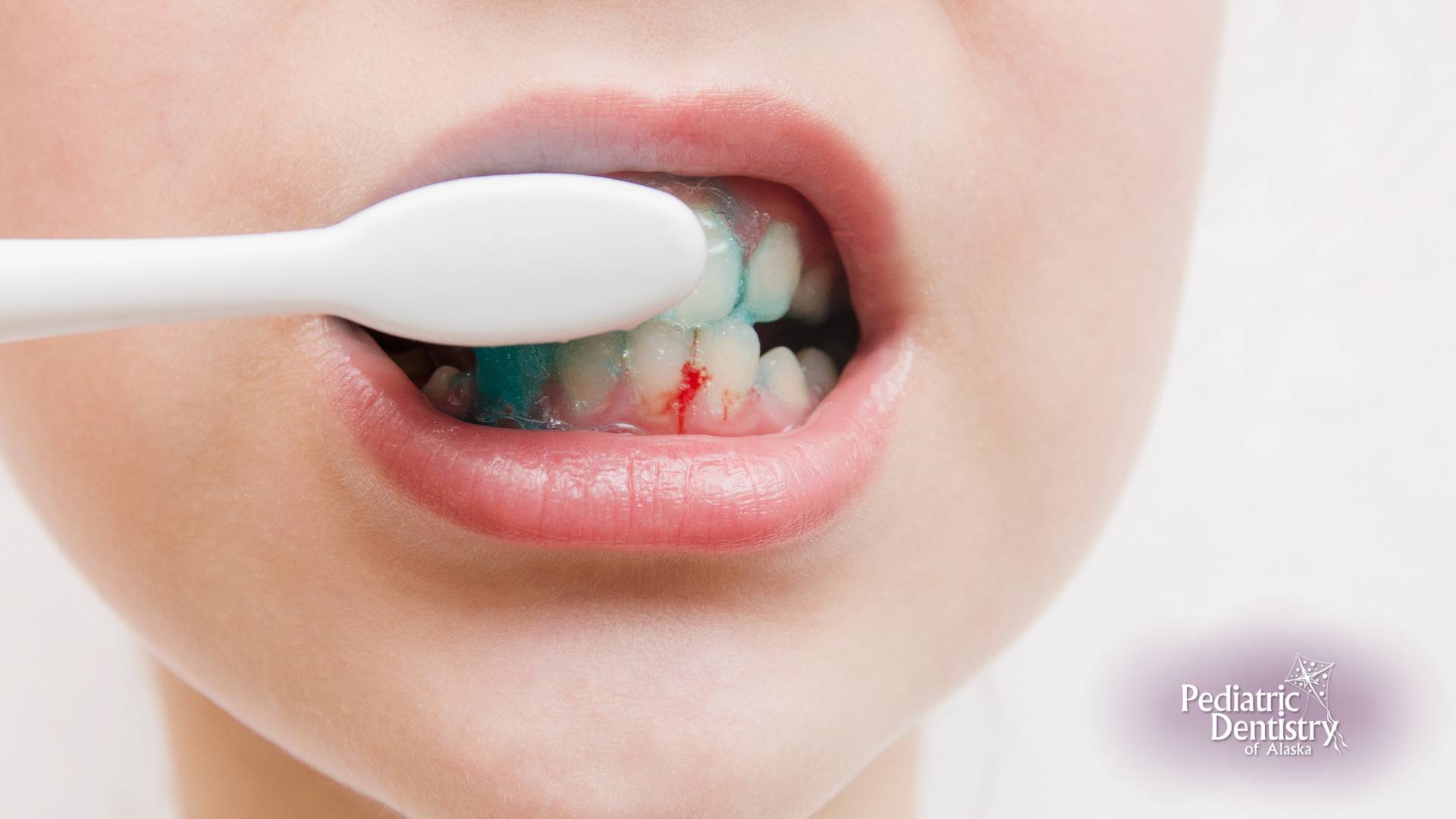
Broken, Cracked, or Chipped Teeth
A cracked or broken tooth in a child can result from an impact, biting into something hard, or even grinding teeth at night. While small chips may not always require emergency care, deeper fractures that expose the inner layers of the tooth can cause extreme sensitivity and pain. Signs that the break may require urgent treatment include:
- Visible cracks extending to the gum line
- Discomfort when chewing
- Bleeding from the gums or inside the tooth
Timely care helps prevent infection and increases the chances of saving the tooth. Depending on the severity, treatment may include a filling, crown, or in more complex cases, pulp therapy.
Soft Tissue Injuries (Lips, Gums, Cheeks, or Tongue)
Children are prone to biting their cheeks or lips accidentally, especially when active or following dental procedures involving local anesthesia. While minor cuts usually heal on their own, deep lacerations or persistent bleeding require urgent attention. Signs that a soft tissue injury is more serious include:
- Bleeding that continues after 10 minutes of pressure
- A gaping wound that may need stitches
- Swelling that makes breathing or swallowing difficult
We encourage parents in Wasilla and Palmer to keep our contact information saved for quick guidance on how to manage bleeding, reduce swelling, and know when to head to the office.
Dental Infections with Systemic Symptoms
Oral infections in children can progress quickly. While the infection itself may start in the tooth or gums, it can spread to other parts of the body, particularly if a fever develops. Symptoms to watch for include:
- Fever or chills
- Swelling in the neck or face
- Difficulty swallowing or breathing
- A sudden increase in pain or redness around a tooth
Immediate dental care can prevent hospitalization and systemic complications. At Pediatric Dentistry of Alaska, we always prioritize these situations and coordinate with your child’s medical provider if more comprehensive care is needed.
When Your Child Experiences Dental Trauma
Some injuries, such as a dislodged tooth or trauma to the jaw, are easy to identify. Others are more subtle—like a sudden refusal to chew on one side, wincing when brushing, or pulling at the jaw.
If your child has been involved in a fall, car accident, or any blow to the head or mouth, even if they seem fine, it is essential to seek a dental evaluation. Injuries that affect the roots or underlying bone may not be immediately visible but could cause long-term damage if untreated.
Sedation for Emergency Pediatric Dental Procedures
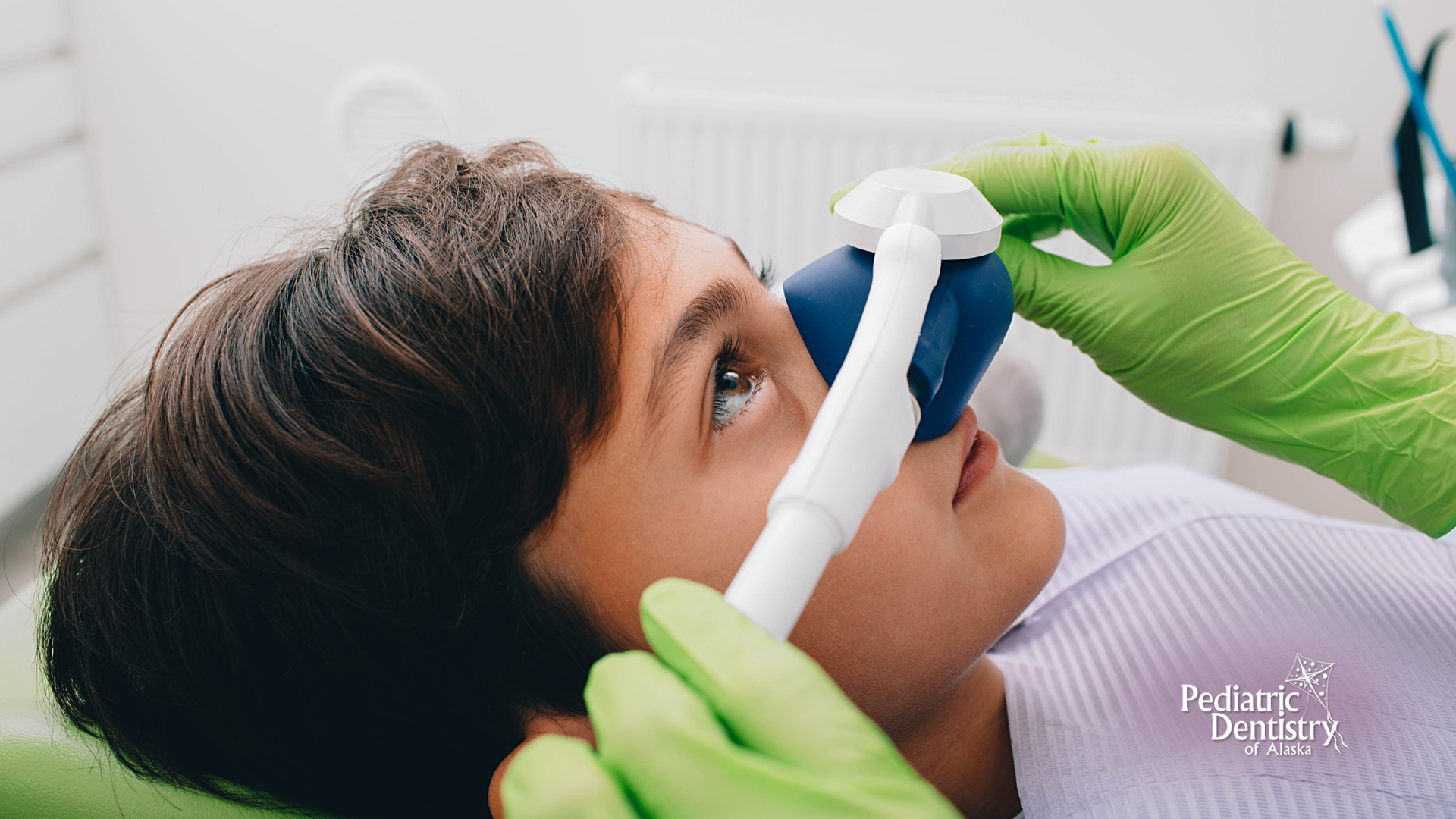
Emergency dental visits can feel overwhelming for children, especially when they are already in pain. To ensure comfort and safety, sedation may be recommended depending on the procedure. Common sedation methods include:
- Nitrous Oxide (Laughing Gas): Safe for most children, this offers mild relaxation and wears off quickly.
- Oral Sedation: A liquid or pill taken before the procedure to help anxious or very young children feel calm.
- IV Sedation: Used for more extensive procedures under the supervision.
At Pediatric Dentistry of Alaska, we evaluate each child’s health history, behavior, and treatment needs before selecting the most appropriate sedation method. Our goal is to create a calm, positive experience even in urgent situations.
How to Prepare for Pediatric Dental Emergencies
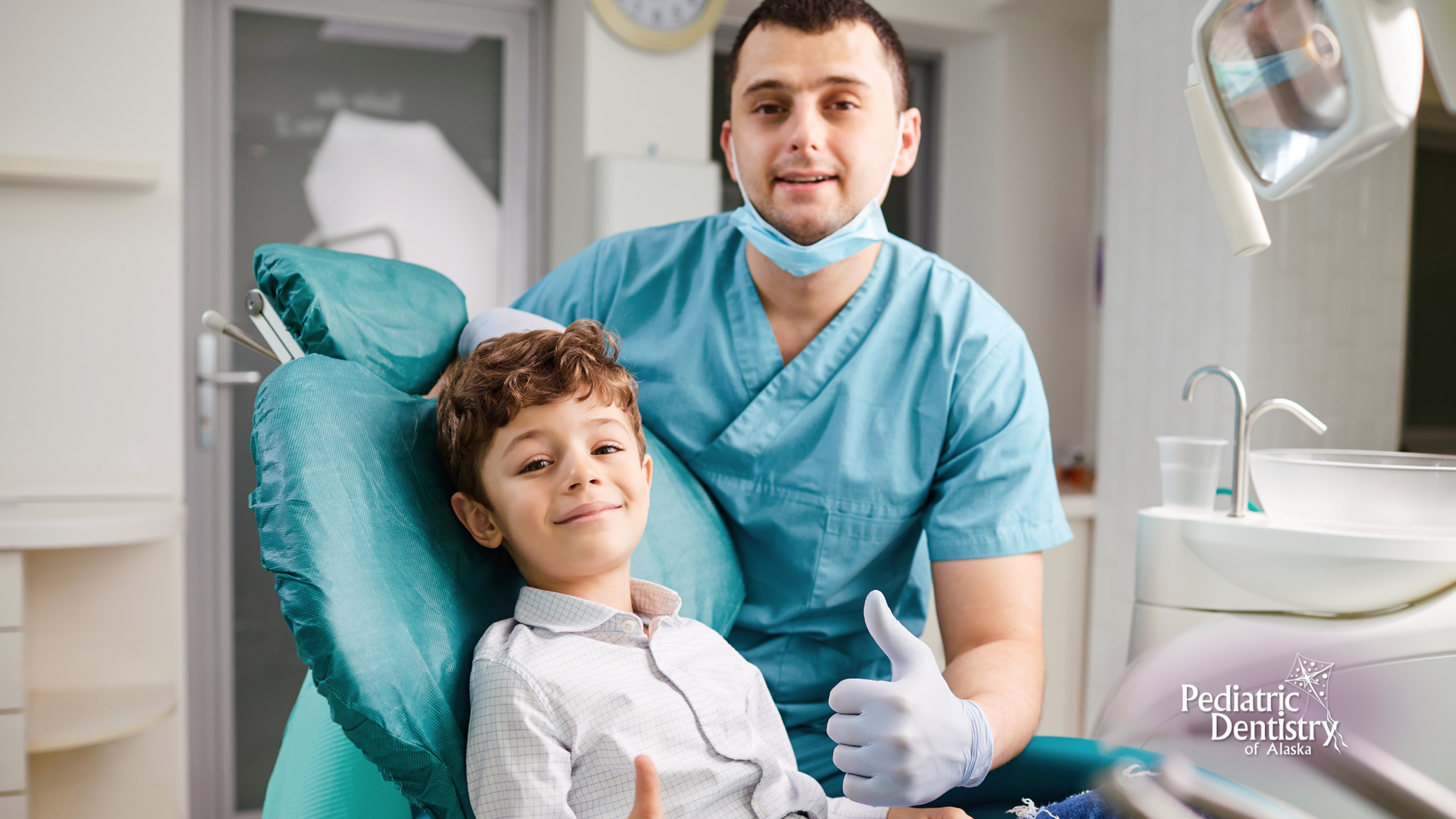
While you cannot predict every injury or infection, you can be ready to act quickly:
- Keep a dental emergency kit with gauze, a small container with a lid, and over-the-counter pain relief
- Know how to handle a knocked-out tooth (milk or saliva, not water)
- Stay up to date on checkups to catch small issues before they become emergencies
- Have our number saved in your phone
Most importantly, remain calm. Children respond to your energy. A steady, reassuring presence helps make a difficult situation easier to navigate.
Protecting Your Child’s Smile with Confidence
Recognizing pediatric dental emergencies empowers parents to act fast and safeguard their child’s oral health. Whether it’s a knocked-out tooth, swelling, pain, or trauma, prompt care can make all the difference. At Pediatric Dentistry of Alaska, we are here to support your family with same-day emergency services, child-friendly care, and the compassion every young patient deserves.
If you are ever unsure whether your child’s symptoms require emergency care, reach out to us. We are happy to guide you. Because when it comes to growing smiles, every moment counts.
